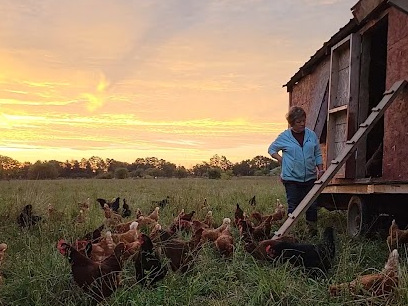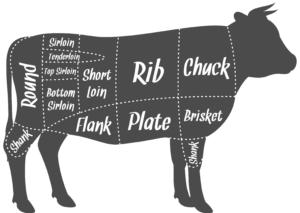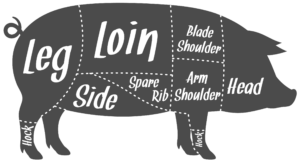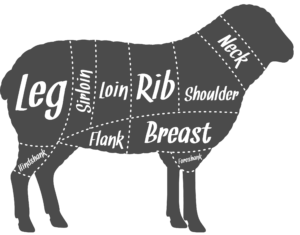Farmers sold an estimated $6.1 billion in locally marketed foods in 2012
Recently, there has been a series of media reports suggesting the gangbusters growth in farmers markets is slowing, signaling a plateau in the local food movement. Not so. What we’re seeing is the evolution of the local and regional food movement beyond weekend shopping into something more substantial and sustainable.
In a sense, what we food lovers are observing is a basic lesson in supply and demand.
According to a recent report from USDA’s Economic Research Service, farmers across the country sold an estimated $6.1 billion in locally marketed foods in 2012. This is serious money. More and more of it is coming from sales to retailers, institutions and restaurants rather than through farmers markets and Community Supported Agriculture (CSAs). In other words, the demand side is maturing as businesses pay more attention to what their customers want.
On the supply side, we already know that from 2006 to 2014, the number of American farmers markets jumped 180 percent to 8,260, giving farmers across the country opportunities for robust direct-to-consumer sales. This growth is due, in part, to the U.S. Department of Agriculture’s significant commitment to local and regional food systems beginning in 2009 under President Barack Obama. Today, these markets give farmers opportunities to grow their businesses and meet the evolving demands of customers and consumers.
One change came through farm-to-school programs. In 2012, more than 4,300 school districts reported spending more than $385 million on local food through farm-to-school programs. In California, there are over 2,600 schools spending more than $51 million on local food.
There are also 760 farmers markets in California and for several years running, the National Restaurant Association has been identifying locally sourced produce, meat and seafood among the top culinary trends.
These numbers show that not only is the local food movement alive and well, it is growing up and becoming a healthy, established part of the broader marketplace.
Therein lies the flaw in the latest reports about farmers markets. As demand for local food grows, so do the supporting businesses. In many cases, restaurants, schools, supermarkets and other institutions are using regional food hubs to move local food from farmers to meet wholesale, retail and institutional needs. There are now more than 135 operational food hubs in our national directory, and 10 are in California.
Where is all this local food coming from and who is producing it? According to the 2012 USDA Census of Agriculture, more than 163,600 farms were engaged in the local food sector across the country and relying on both direct-to-consumer retail opportunities as well as institutional buyers. So, as farmers expand their reach, options for consumers expand, too, and people have more opportunities to get locally produced food directly from retailers in a variety of settings, including their supermarkets, cafeterias, schools, restaurants and hospitals.
The USDA Census of Agriculture also notes that nearly one of every five American farmers has operated a farm for less than 10 years. These new farmers are innovative, entrepreneurial and creative. They are as diverse as American agriculture itself. They are growing traditional crops and new varieties, organic produce, and heirloom products. They are developing added-value products from sauces to ciders. They are part of row-crop farms and are employing cutting-edge technology. More than ever, they are developing their businesses to meet the demand for locally sourced food.
USDA is investing in these new and beginning farmers by offering the tools and resources they need to succeed, like easier access to capital through microloans, business development training and education, and changes in crop insurance to help manage risk for a wider variety of crops. USDA’s Know Your Farmer, Know Your Food initiative coordinates our work as the local food market sector continues to grow. In the past two years alone, USDA has made over 500 investments in food hubs, local processing facilities and distribution networks.
As market demands continue to grow and evolve, the local and regional food movement has proven again that the best is yet to come.
Krysta Harden is the deputy secretary of the U.S. Agriculture Department.
Read more here: http://www.modbee.com/opinion/opn-columns-blogs/article11961647.html#storylink=cpy

























